Track selection is among the first decisions you’ll have to make when you get started in model railroading, second only to scale.
In HO (1:87.1), the two most commonly used track sizes are code 100 and code 83. “Code” refers to the height of the rail, measured in thousandths of an inch. For a lot of casual modelers (myself included), these two types of track may seem interchangeable, but there are differences. Code 100 track is equivalent to 156-pound rail, occasionally found on the heaviest main lines. Code 83 is comparable to 132-pound rail, typically found on North American main lines.
Code 100 was the industry standard for many decades. Though code 100 still has a place (especially for any vintage collectors), code 83 has supplanted the former as the popular choice for modern modelers. Historically, model trains with deep wheel flanges could only run on code 100 track. Most modern models have low-profile wheels that are compatible with code 83 and code 100 track. The aesthetics of low-profile wheels are, in my opinion, preferable to the older style, and I’m not alone. They’ve become predominant on the market for a reason.
Code 100 and code 83 track each offer distinct advantages for HO scale layouts. Code 100’s taller rails are heftier, and some modelers argue that the higher profile makes them easier to align (but that becomes less relevant as you gain experience laying track).
Code 100 is best reserved for high-traffic lines or layouts you frequently use with vintage models. If you’re like me and have inherited a number of older models, you’ll probably want to keep using code 100 track.
On the other hand, code 83 track offers a more prototypical appearance and is generally considered the more realistic option. The lower rail profile of code 83 more closely matches the proportions of rail found on North American main lines.
For prototype-based layouts, code 83 is much more “picture perfect.” Low-profile wheels and rails significantly enhance the visual realism of a layout when you see it up close (or in photos). If you visit any modeling events or exhibits, you’ll almost definitely see layouts with code 83 (or even code 70) track.
When it comes to compatibility, code 100 track tends to work well with a wider range of rolling stock, including older models with larger wheel flanges. Code 83 track may not support some older equipment, but it’s compatible with most modern HO scale models.
Ultimately, the choice between code 100 and code 83 comes down to balancing your operational needs and aesthetic preferences. Perusing the Model Train Forum, one great technique I came across was to use code 100 in hidden staging areas and code 83 for visible track. Even so, I’ll probably stick with code 100 for any future builds so I can operate my father-in-law’s classic models.
If you’re meticulous about installation and maintenance, both code 100 and code 83 track will provide smooth, reliable operation. At a distance, only the most discerning eyes will even notice the difference.
If you want to start your HO scale collection, check out today’s deals at shop.trains.com and pick up essential tools, guides, and accessories.





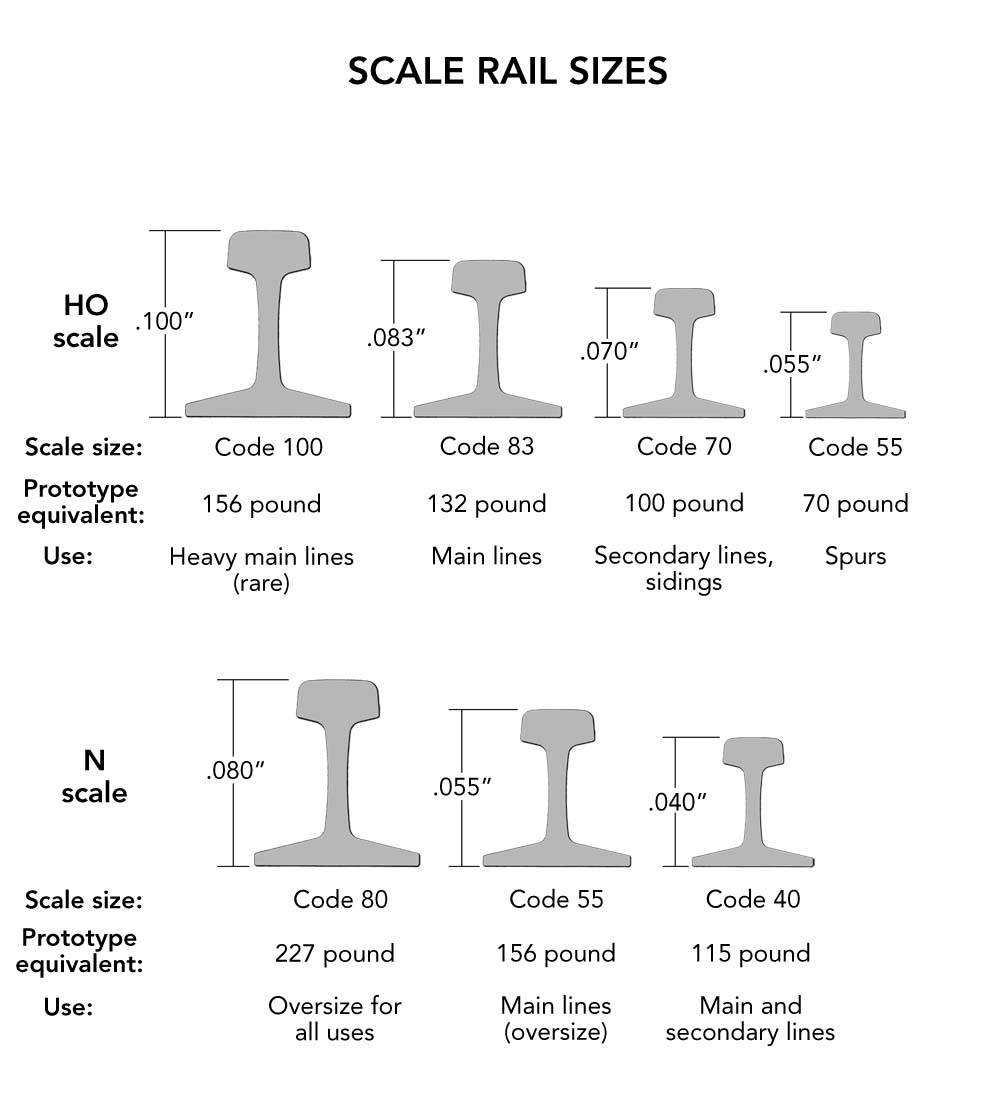

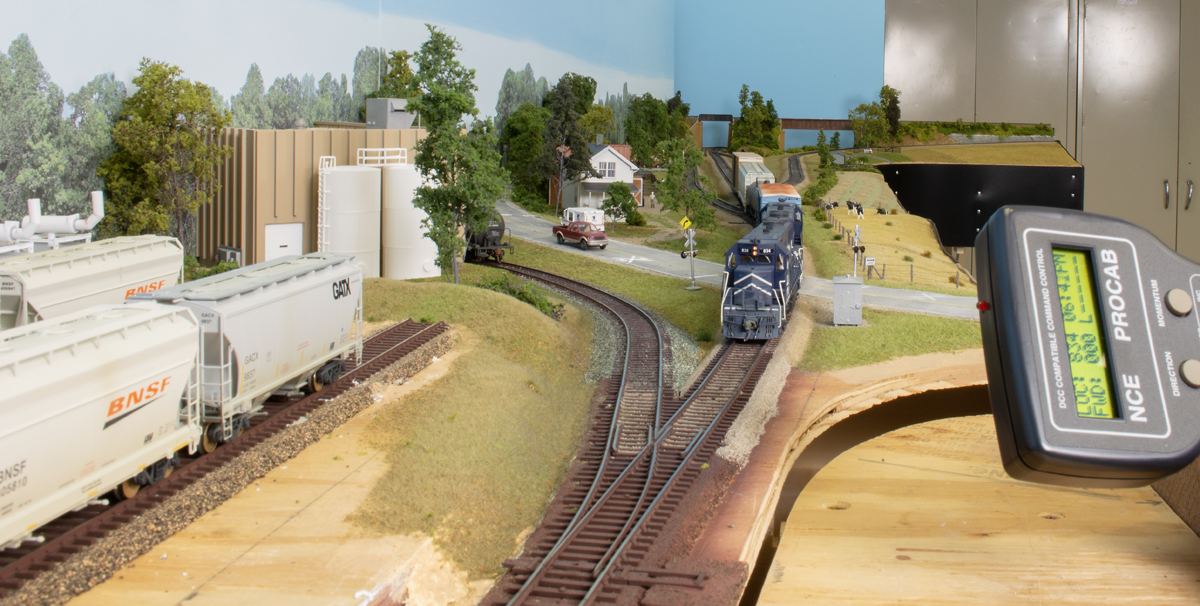
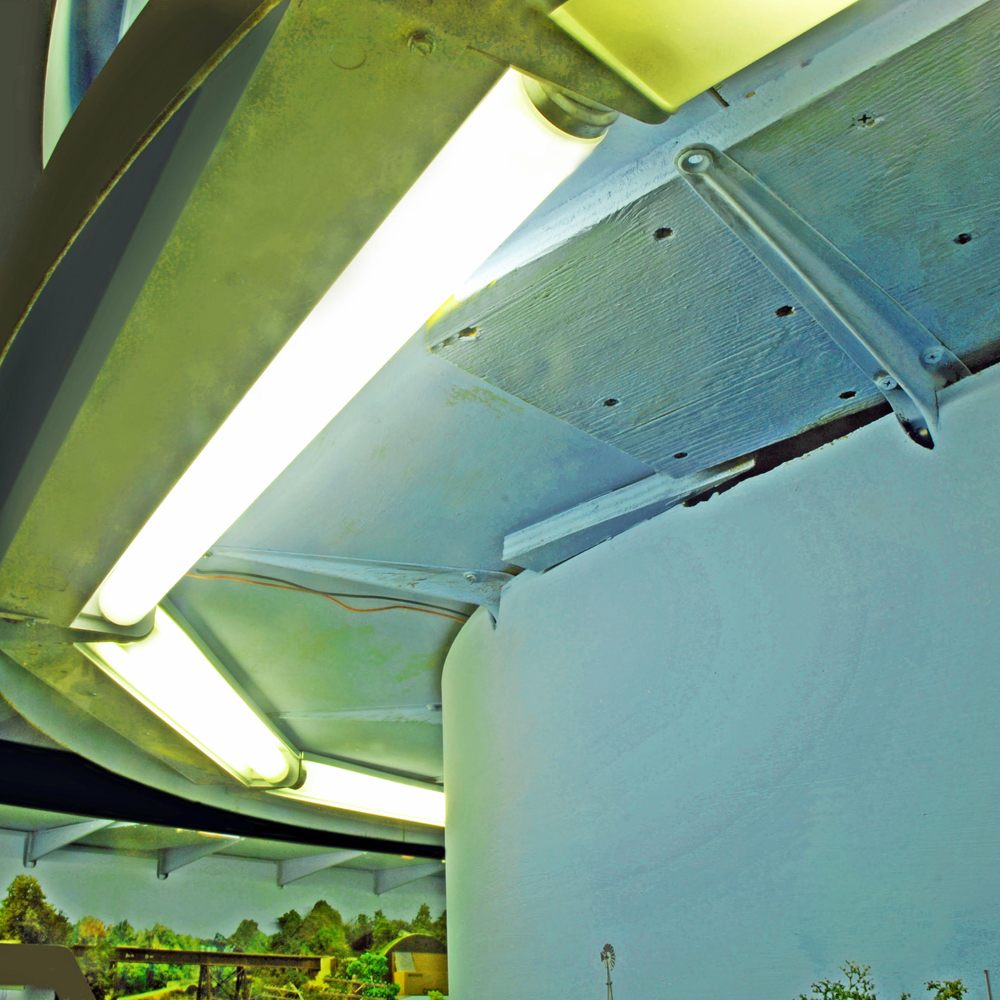
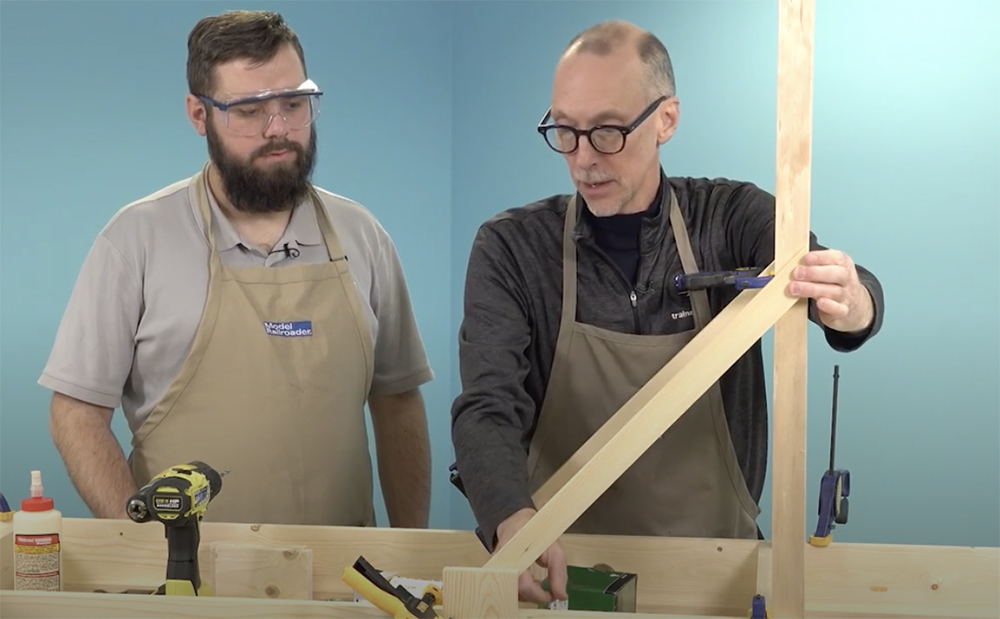
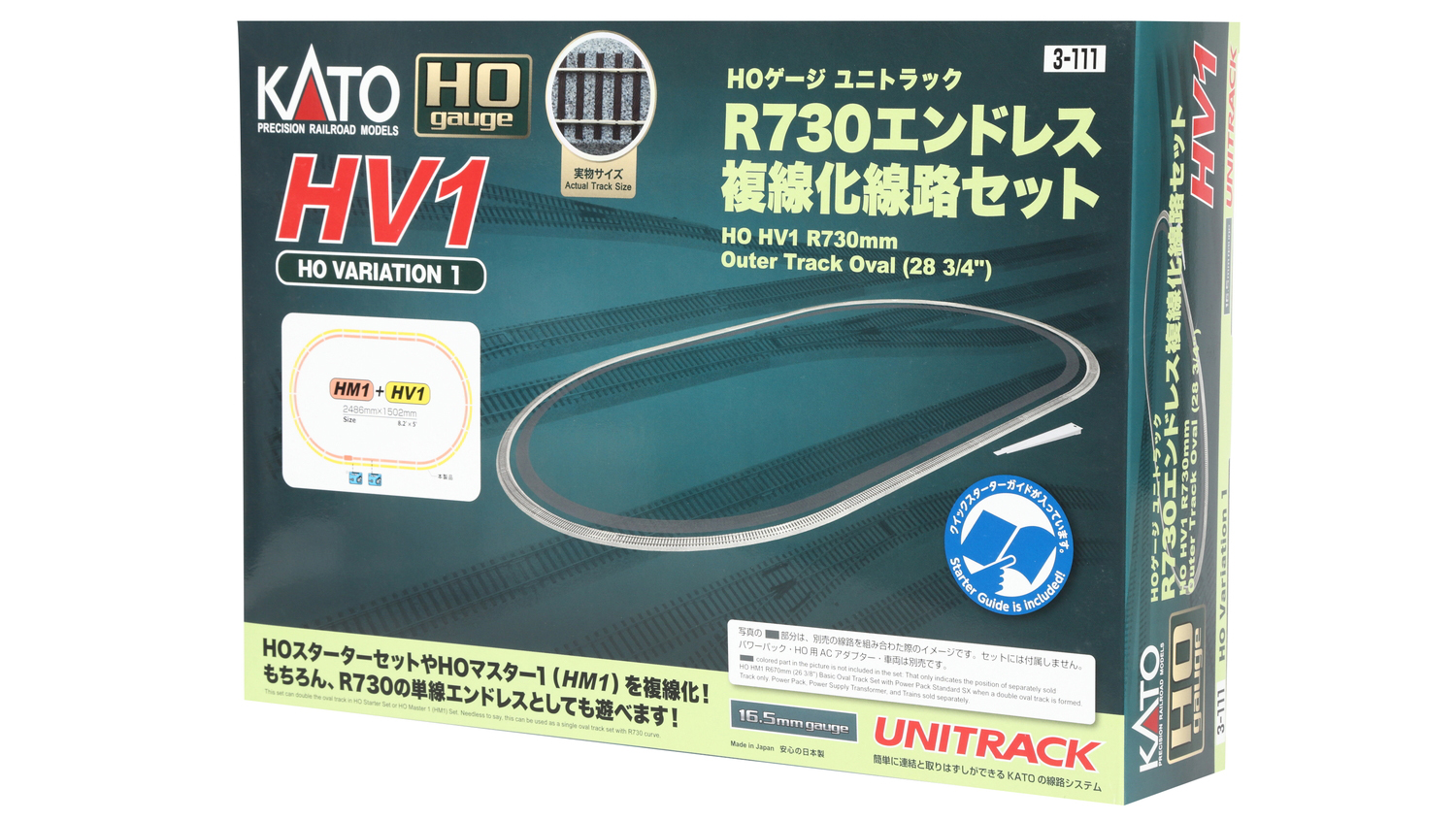
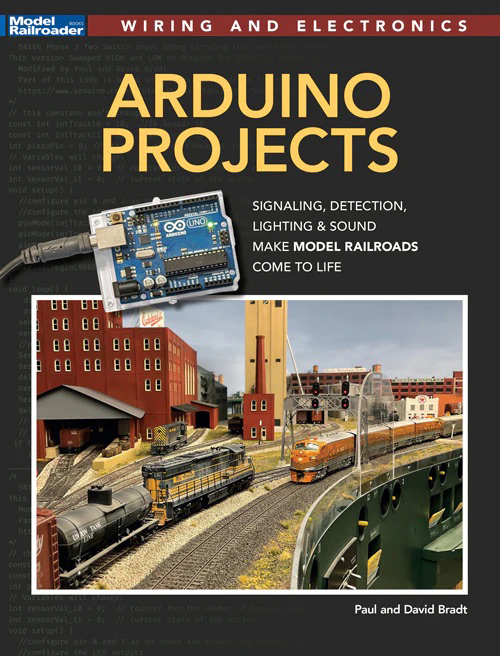
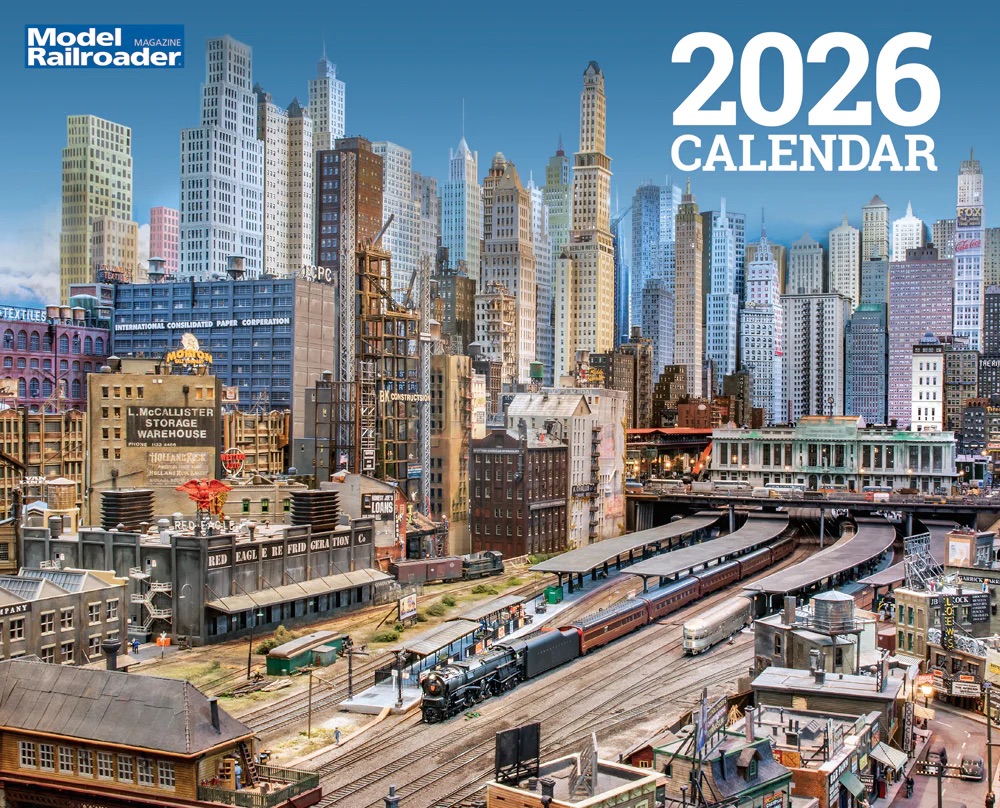
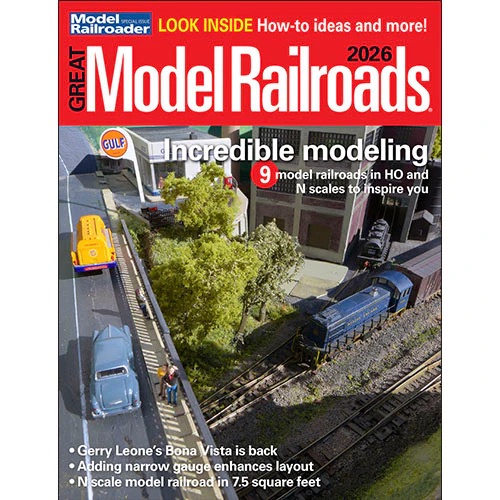
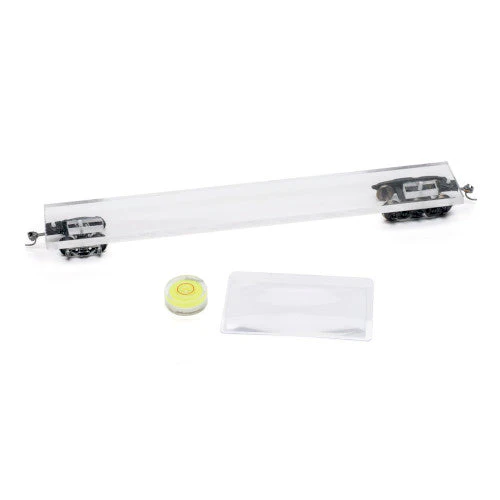
The Pennsy main lines used 155lb rail which was 8 inches high. That is equivalent to Code 92 in HO, so Code 100 is oversize even for this very heavy rail. But I use it on the main line to give a contrast to spurs and industrial track.